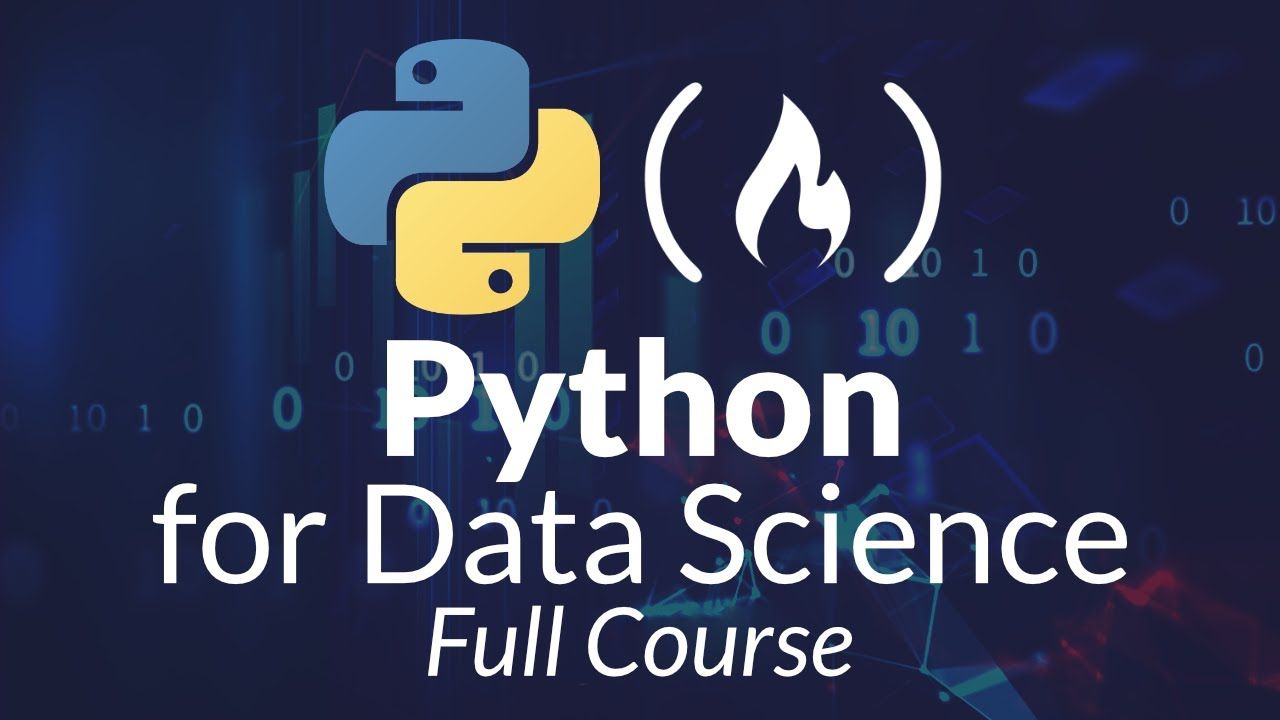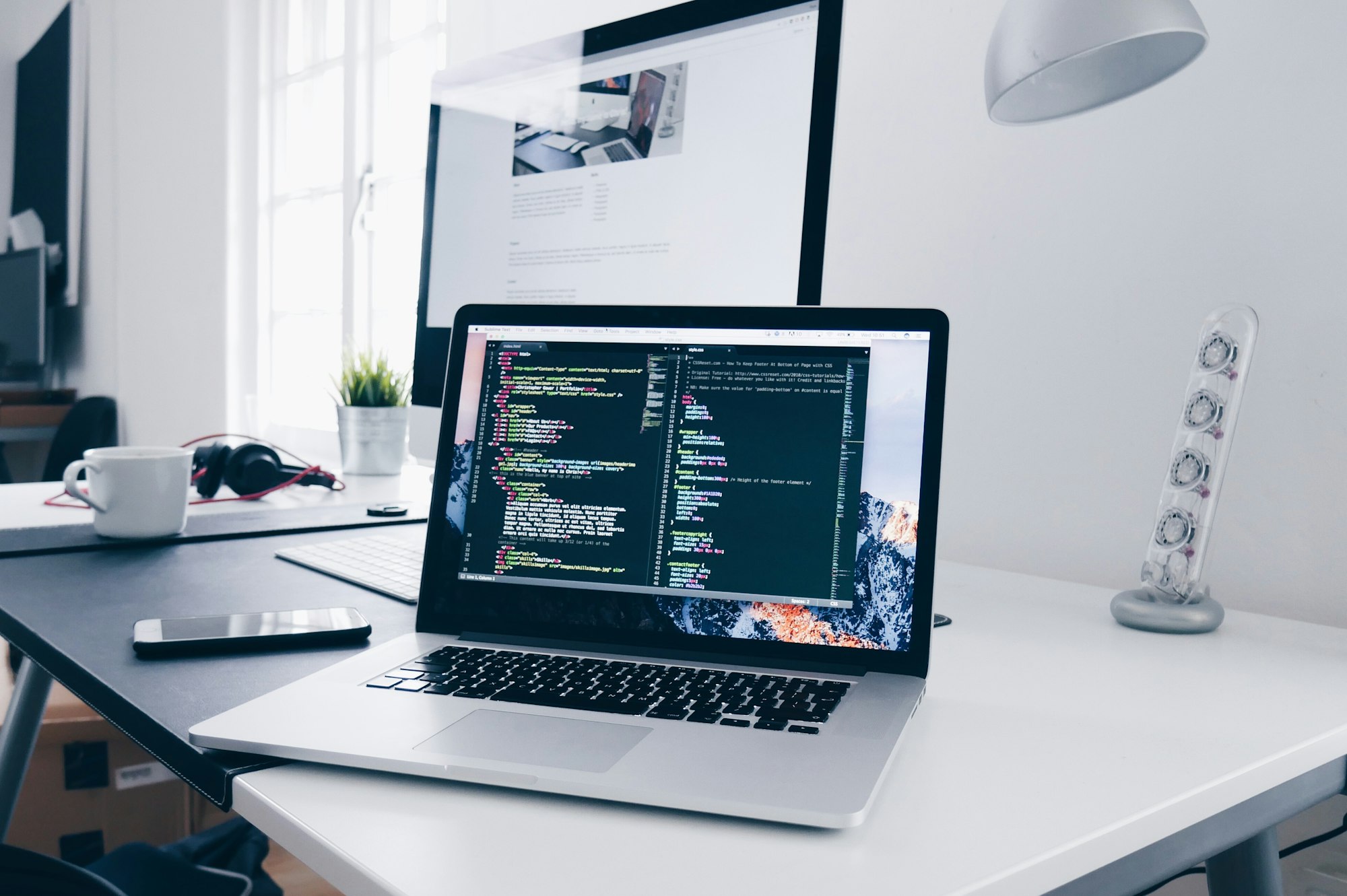The only Data Science Roadmap You will ever need
This post will guide you through a detailed roadmap to becoming a Data Scientist that charts out which skills you want to accumulate and the resources which you can rely on for the same.

Introduction
Data Science can be defined as a multi-disciplinary instrument that is used to extract insights from structured and unstructured data. Data Science is the new technology buzzword nowadays and is a major step towards how computers can learn. It encloses many breakthrough technologies like Artificial Intelligence (AI), Deep Learning to name a few.
Data Science unifies statistics, data analysis, and machine learning. Apart from these, data visualization plays a major role when it comes to communicating the derived insights to help the decision-making process.
The below post explains how world-class businesses are using Machine Learning to improve their business outcomes.

"In a recent survey of The Hindu, it was revealed that around 97,000 data analytics positions are vacant in India due to a lack of skilled professionals. The use of data analytics in almost every industry has contributed to a sharp increase of 45% in the total jobs related to data science last year."
Now with the rising popularity and demand, how does one acquire the correct set of skills to become a Data Scientist?
This post will guide you through a detailed roadmap to becoming a Data Scientist that charts out which skills you want to accumulate and the resources which you can rely on for the same.
1. Learn Python Programming
Coding can be a very motivating start to your Data Science journey in terms of being able to see the results compared to other theoretical steps like learning Mathematics and Statistics.
Python is an easily readable and widely-acceptable programming language in the Data Community. It has great documentation and has inbuilt libraries for Data Science as well as Machine Learning.
Here are some free resources that can help you begin your Python experience:
Free 12-Hour Python for Data Science Course for Beginners by freeCodeCamp.org :

GitHub Resource - Tutorial aimed at people with no programming experience at all or very little programming experience with simple code examples:
For an effortless coding experience, it is crucial to choose an IDE or coding environment that suits you best. Check out our post to know about the top IDEs used by Data People and choose the one you prefer:

2. Learn Pandas
As I was talking about the Libraries in Python that are well suited for Data Science, one specific Library comes to mind and that is Pandas. Pandas is built on top of NumPy and is the ultimate go-to for the Data Scientists where you can manipulate your datasets and feed them into other more specialized libraries for Data Visualization and Machine Learning for example.
Check out the Google Trends for the past 5 years for Python Pandas, the continued growth is quite significant :
Here are a few of the Pandas functions which will help you understand its importance:
‣ pd.read_csv() - It helps you import the CSV file in the Python script which will be stored in the form of a data frame and you can work on it.
‣ dataframename.head() - This will show you the first five rows of the data frame to give you an initial idea of what you are about to work on.
‣ dataframename. describe() - This will show the descriptive statistics of the data frame which will help you in further analysis.
‣ dataframename.drop_duplicates() - This will drop all the duplicate values from the data frame. This is part of the data cleaning procedure.
‣ dataframename.sort_values(by='Name', inplace=True) - This will sort the values in ascending order.
Free Resource: Tutorials to learn Pandas as a Beginner using a real-life dataset

3. Learn Statistics & Mathematics
After you learned the basics of coding, it is recommended to brush up on your Statistics. Start with just the basics like Mean, Median, Mode, Standard Deviation, Distributions, Central Limit Theorem, and Confidence Intervals. This comes in handy when you are understanding the nature of your dataset by implementing these concepts onto it.
Coding is just a tool to apply Data Science whereas having a strong hold on the theoretical concepts that go behind any algorithm helps you have a clear statistical as well as a business understanding of the problem.
The YouTube channel 'StatQuest with Josh Starmer' breaks down complicated Statistics and Machine Learning methods into small, bite-sized pieces that are easy to understand.
4. Learn Data Visualization
Data Visualization stands for graphical representation of information. It comes in various shapes and forms, like bar, column, line and pie charts, etc. Humans are visual beings, and it's hard to exaggerate the importance of Data Visualization.
Tableau is an excellent data visualization tool that is a very easy-to-use user interface. Having a Tableau Public profile helps you showcase your work by pasting the link on your CV.
Here is my Tableau Public profile with some beginner-level dashboards:

Free Resource: Learn to find insights from a dataset and visualize the results in Tableau.

5. Learn SQL
SQL helps you retrieve, manipulate, delete data from various databases. All the companies and institutions store the large amounts of data generated in relational database management systems such as MySQL. Now, how do you retrieve data from these databases? You guessed it! SQL. In simple terms, SQL is the language these databases understand. It is important to learn about relational databases and the language behind them.
Talking about organizations widely using SQL, Google BigQuery is a fully-managed, serverless data warehouse that enables scalable analysis over petabytes of data. It is a Platform as a Service that supports querying using ANSI SQL. It also has built-in machine learning capabilities.
Free Resource: Learn SQL as a beginner using real-life datasets:

Conclusion
I hope this post delivered a solid learning framework and reliable resources to grasp Data Science in a structured manner.
You can check out my other post which introduces you to some amazing Data Science summer internships to apply to and also how to build a portfolio to show your proficiency in the area.

For more such content delivered directly to your mailbox - consider subscribing.
See you soon!






